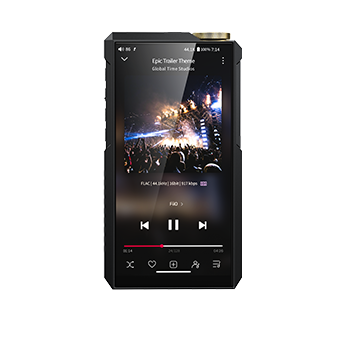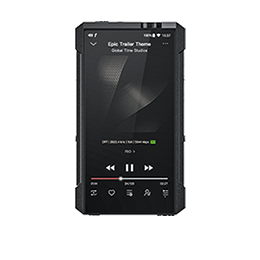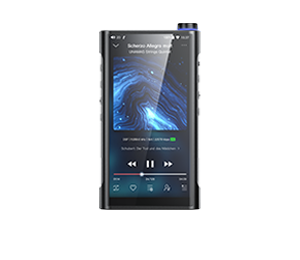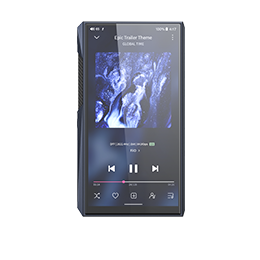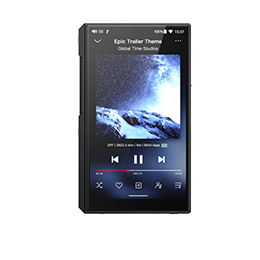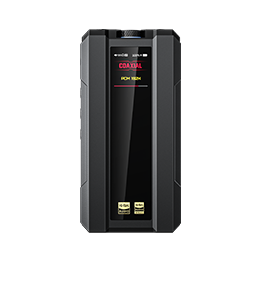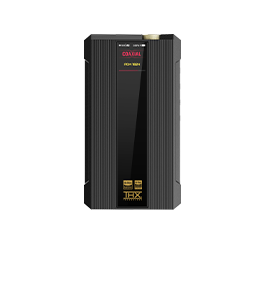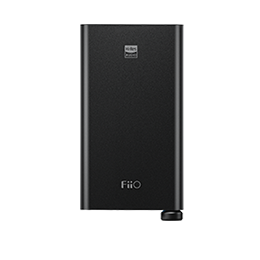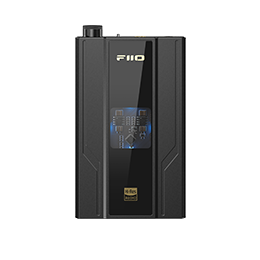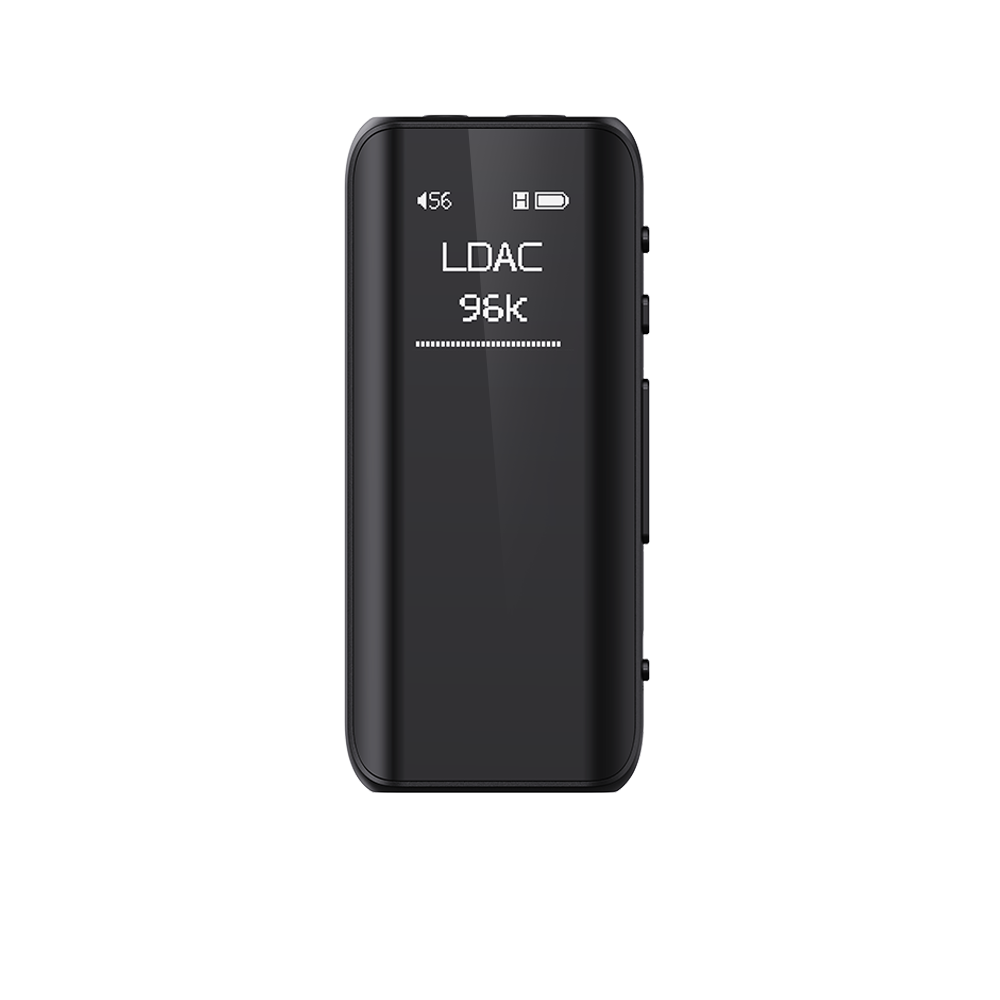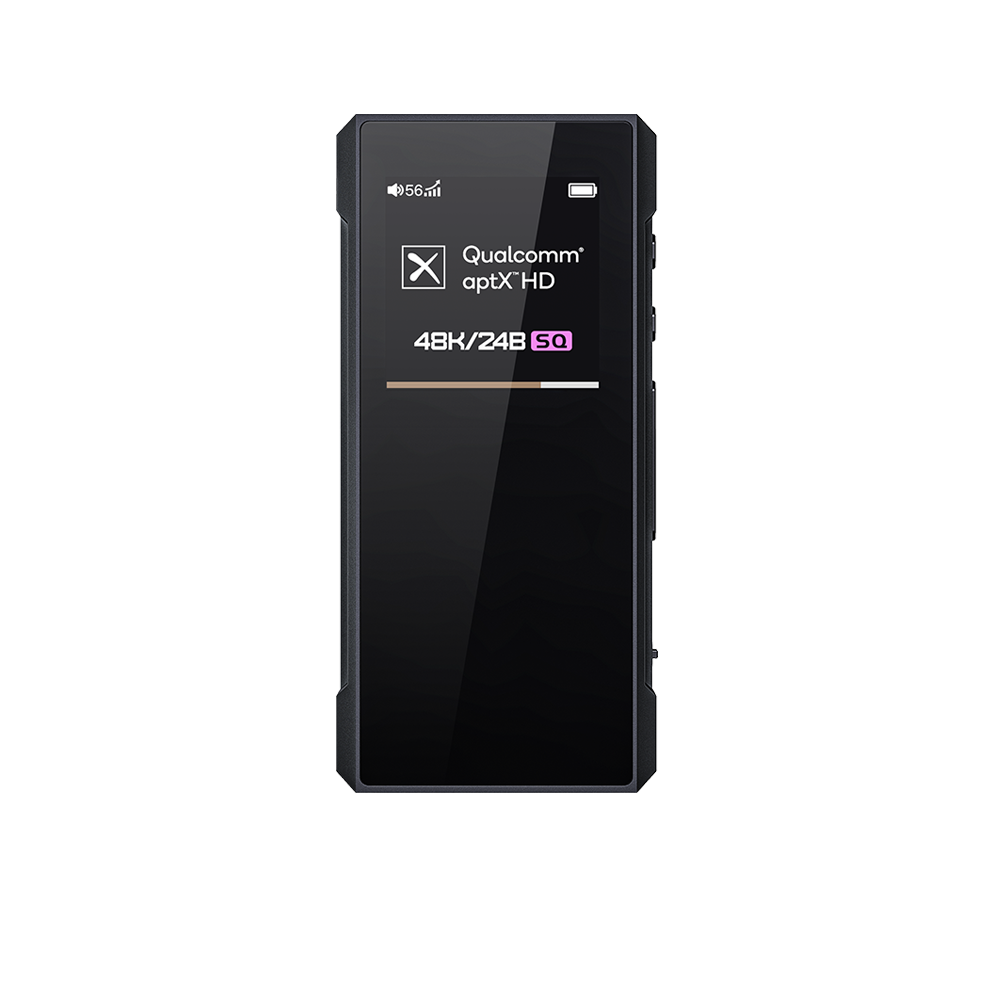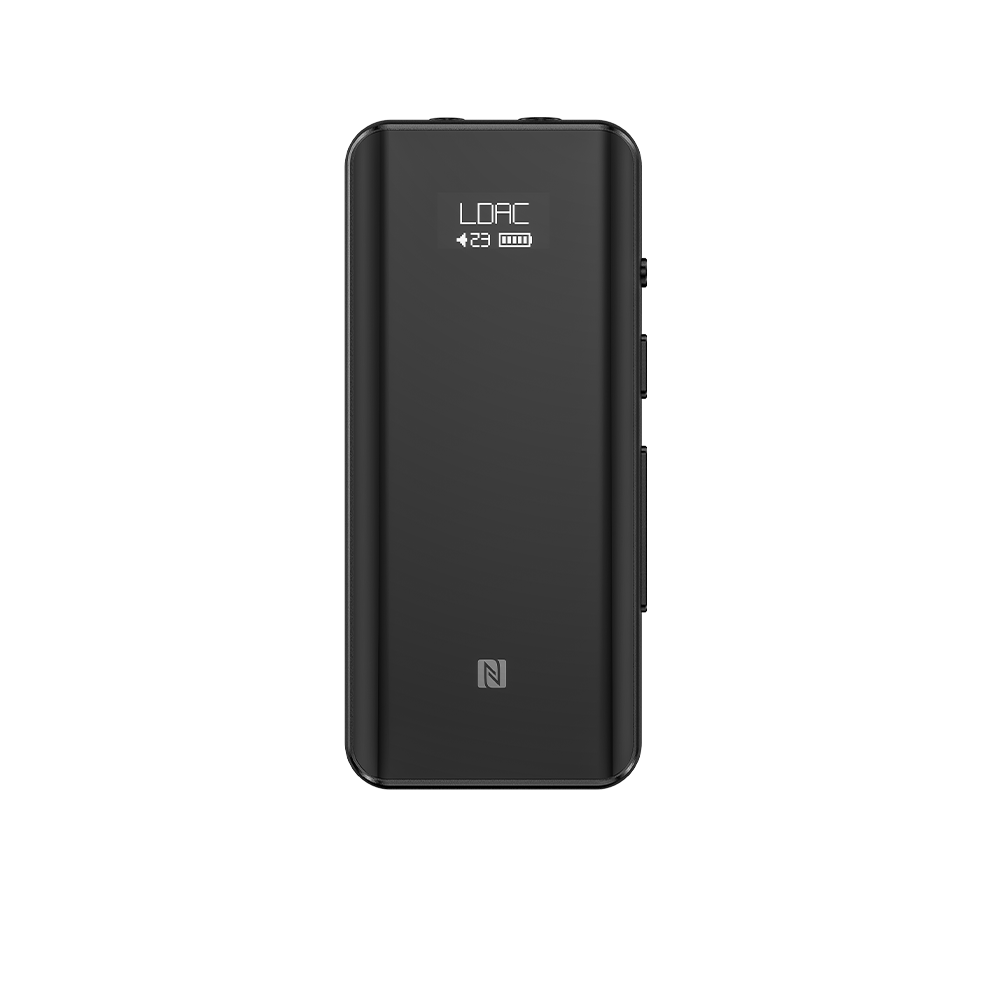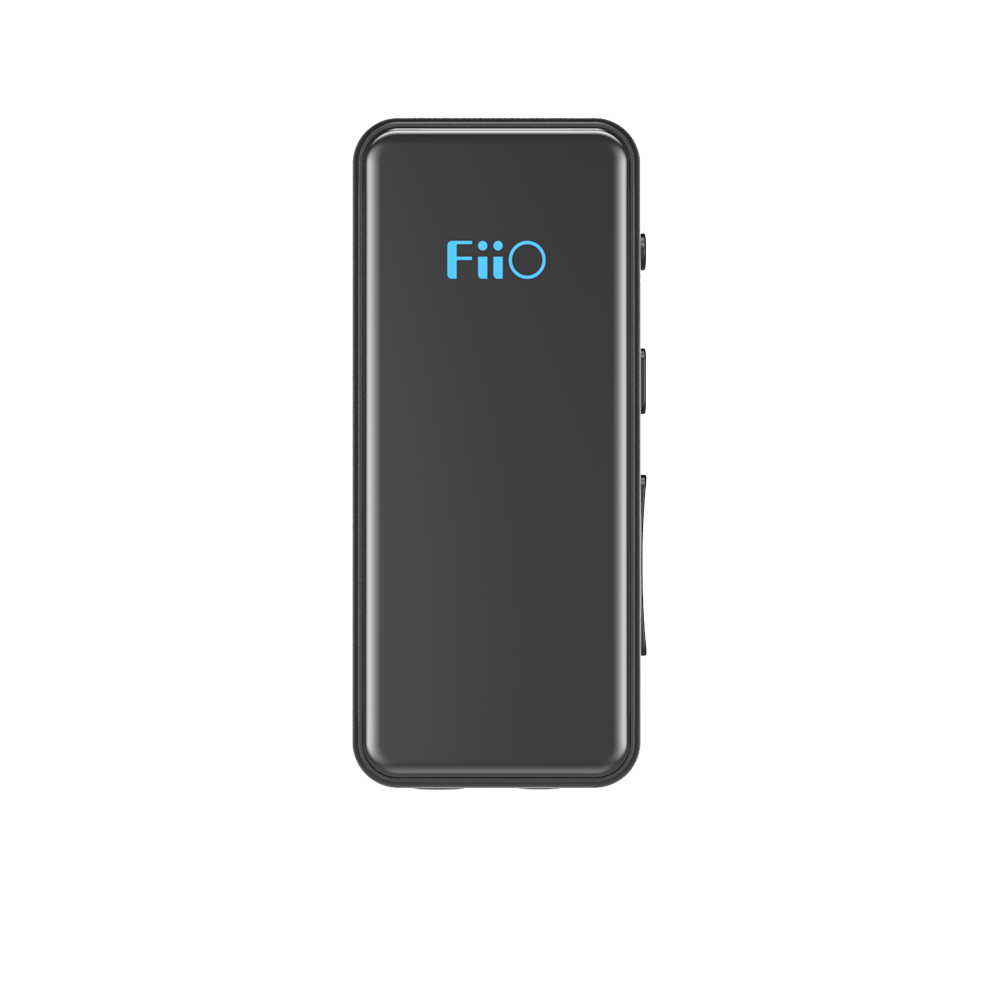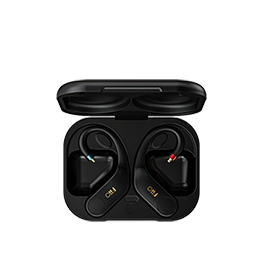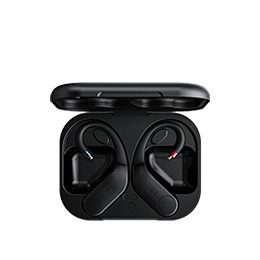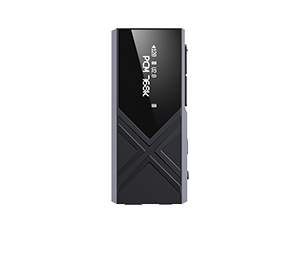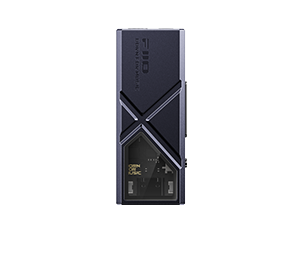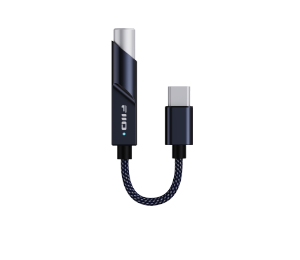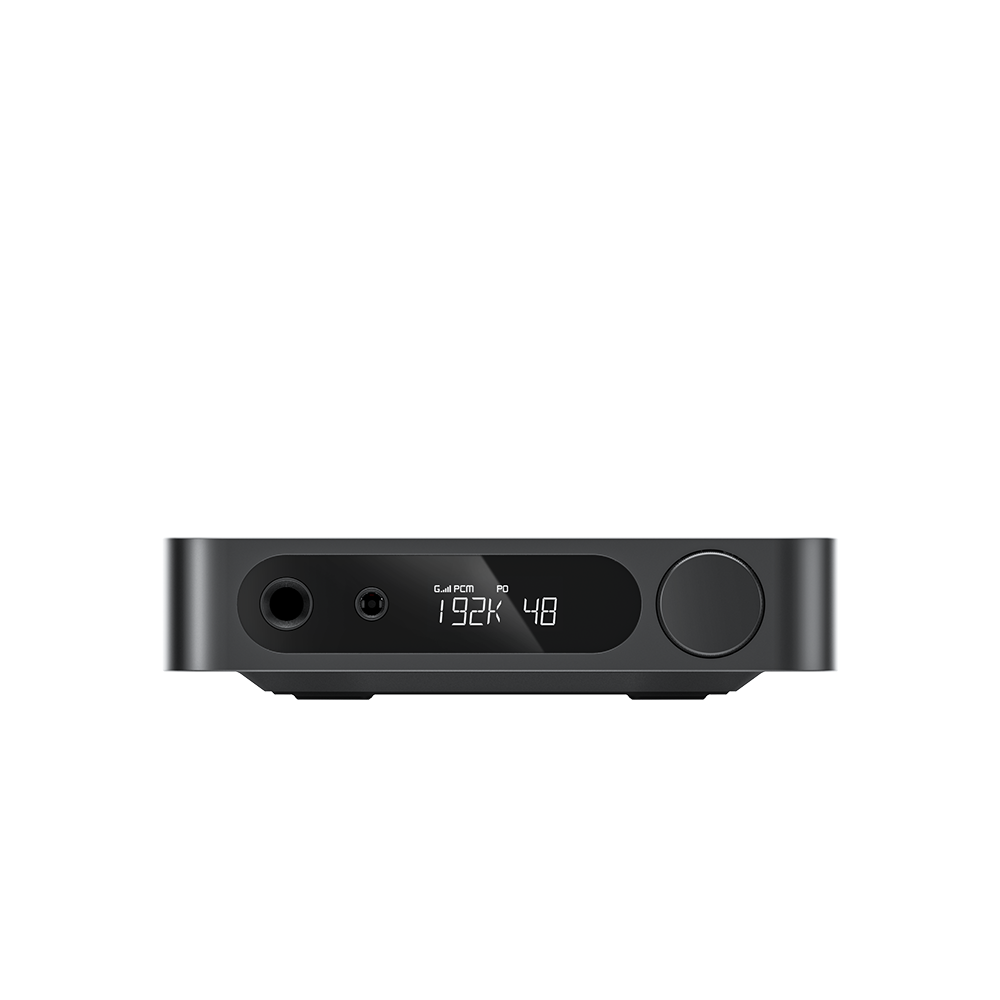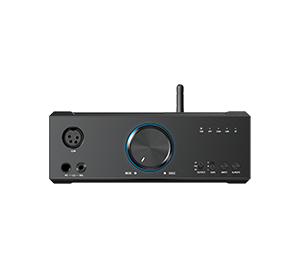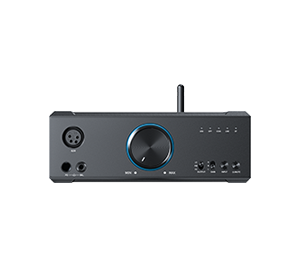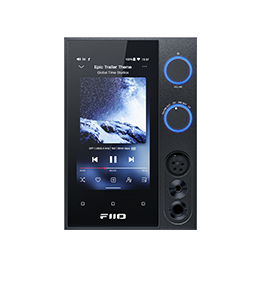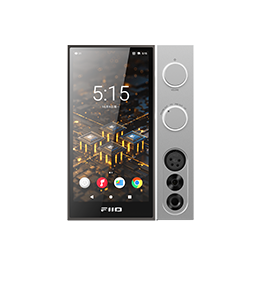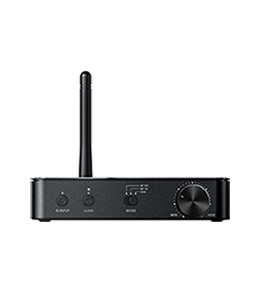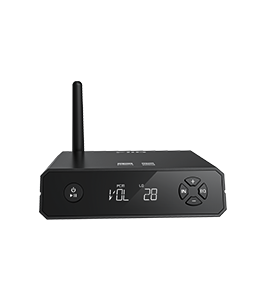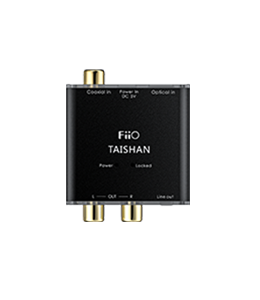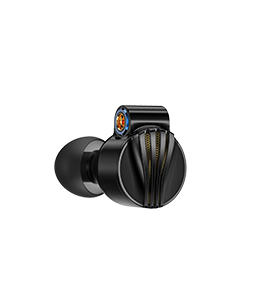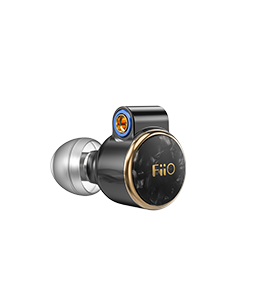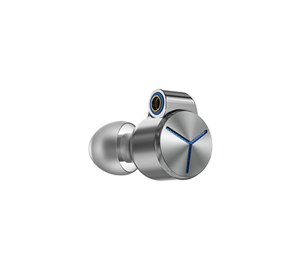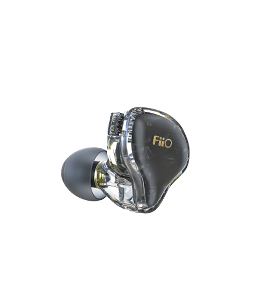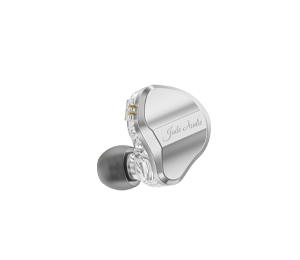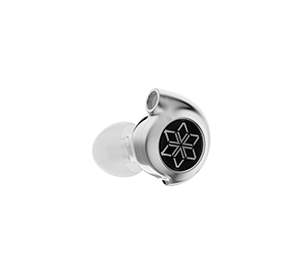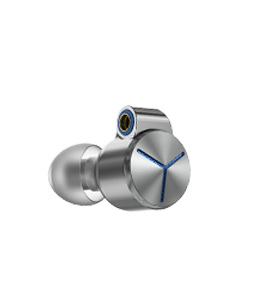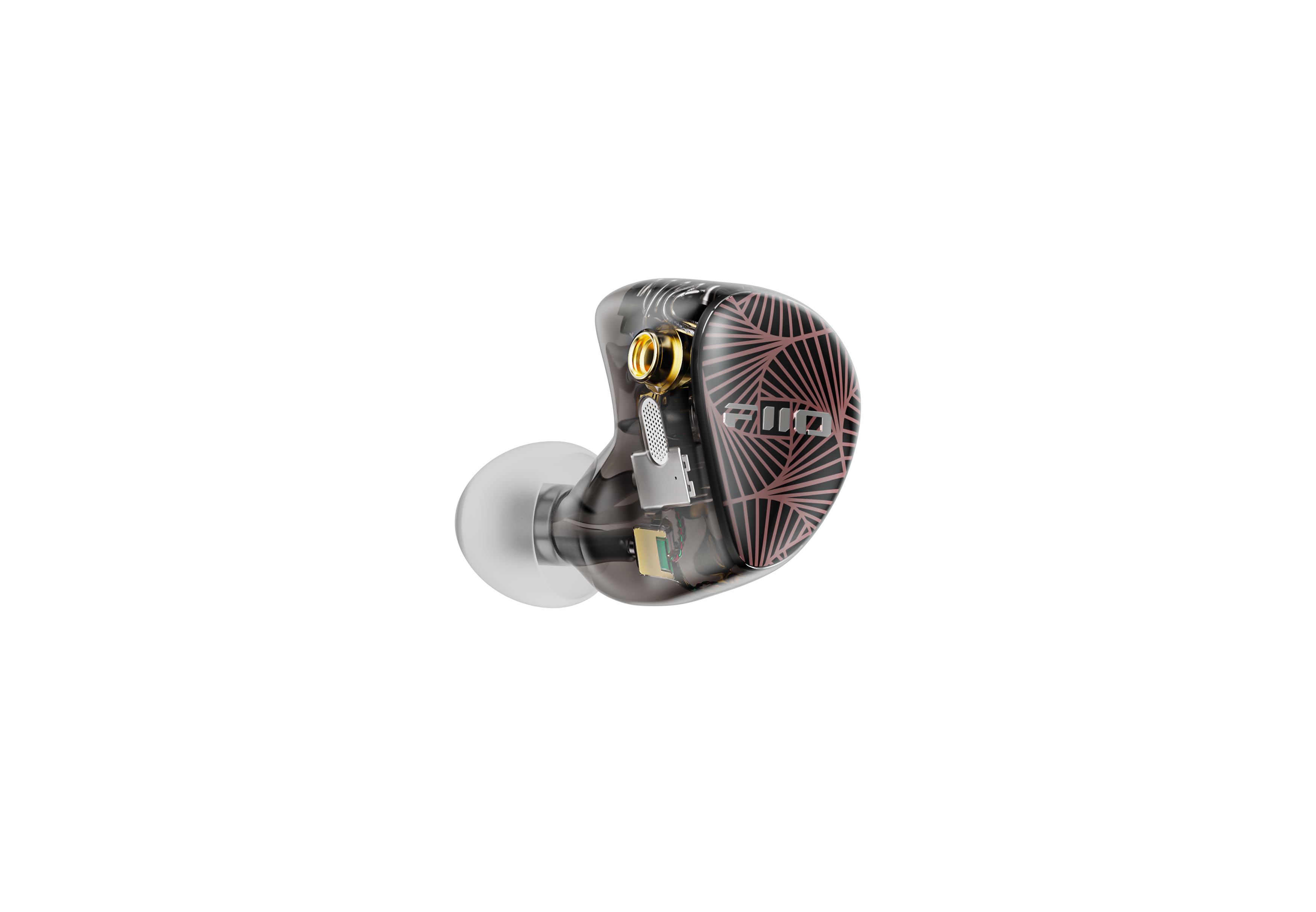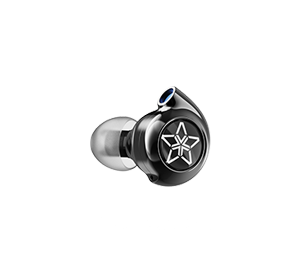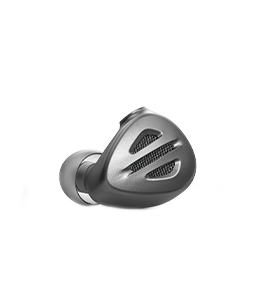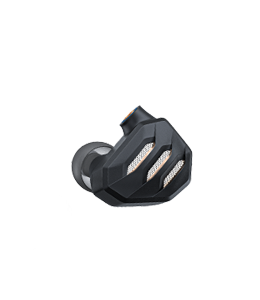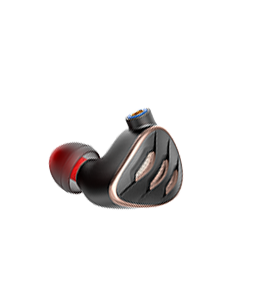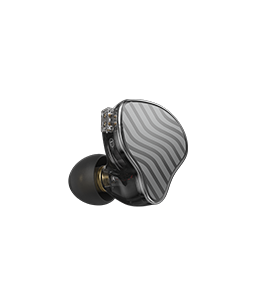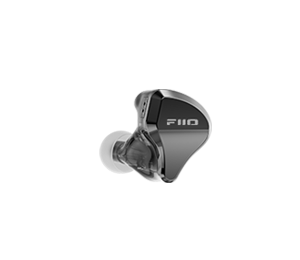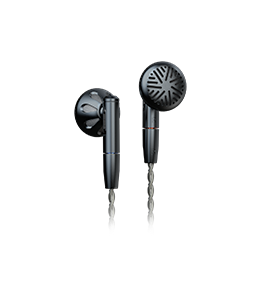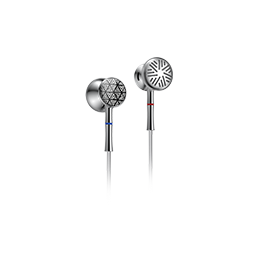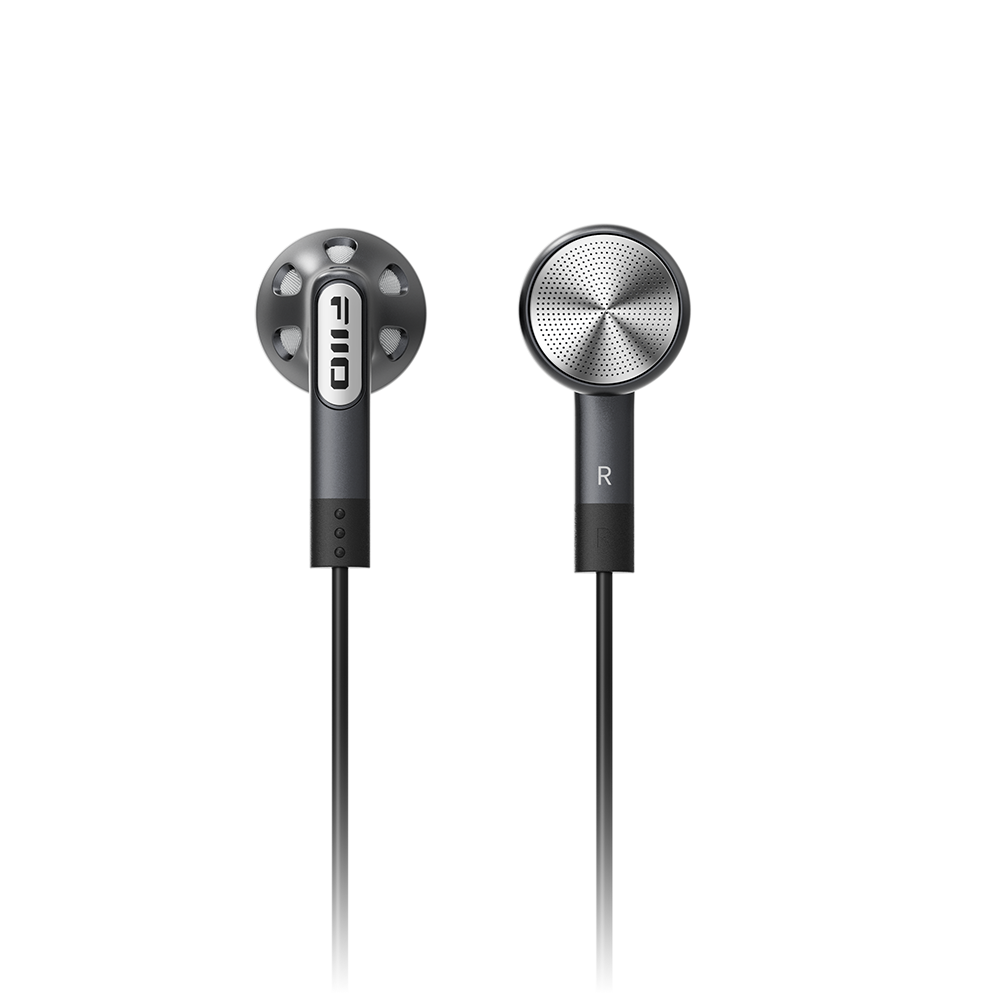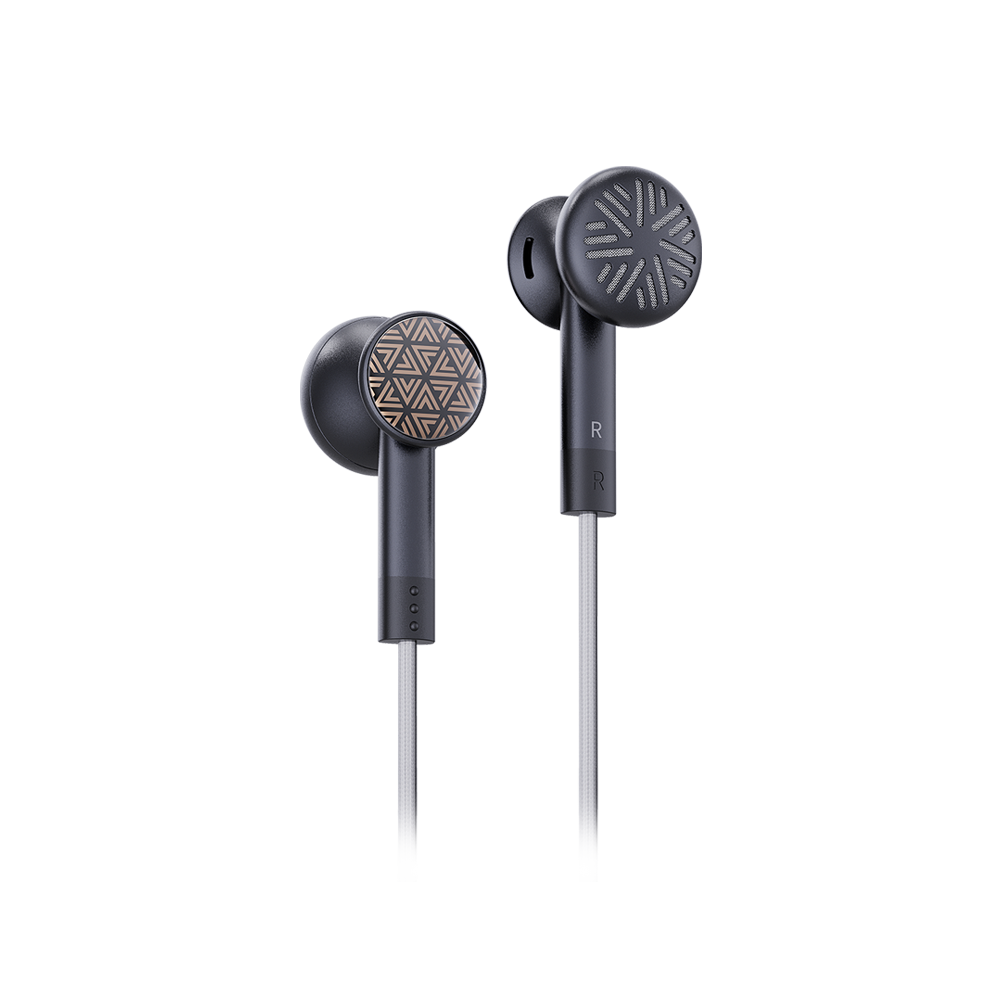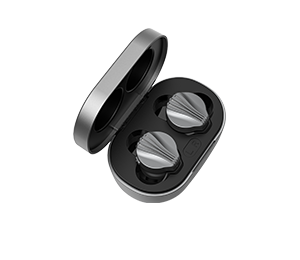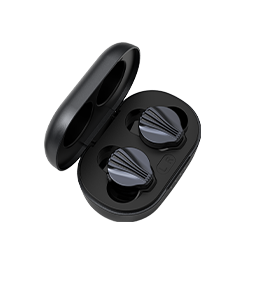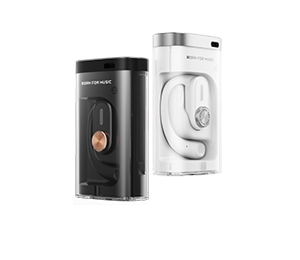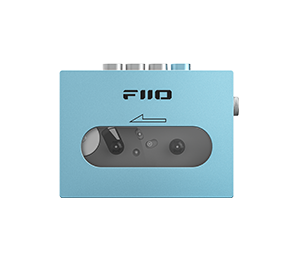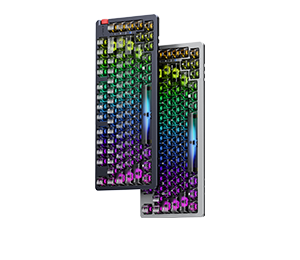FiiO Q5 Portable Wireless DAC/amp Review
Author:Amos Barnett
Review from:Headphone-earphone.reviews
→→ Read the original article on Headphone-earphone.reviews : >> Click here
FiiO kindly sent me a Q5 for review. Paul Brooks has also written a review, which you can read here. FiiO has a very long history with portable headphone gear. Over here in Japan, they were the first, at least to my knowledge, non-Japanese company to be selling portable headphone amps inside major electronics retailers. When I moved to Japan around 12 years ago, Bluetooth audio was fairly in its infancy and so the only portable headphone amps available had no digital component. Now, however, we have gone through generations of portable Digital Audio Players (“DAPs” for short) and we’ve reached the stage that the choice is whether to buy a DAP, such as FiiO’s own X7II, or use our smart phone with an external device, even a Bluetooth one, the sound quality via APTx, APTxHD or LDAC being easily as good as one needs. For people who don’t want a dedicated player, but desire to use their smartphone and/or have a device that can drive headphones or IEMs with the music on their computer, the Q5 has a plethora of options, being connectable via Bluetooth APTx, AAC (as found on Apple iDevices), USB, coaxial digital or optical digital. On the other end, the Q5 uses the same amp modules as the X7 and X7 Mark II, coming by default with the AM3A module which has both a 3.5mm single-ended and a 2.5mm balanced output socket. This module is an update of their older AM3 module and is designed to give a balance between sufficient power and battery life.
Other modules exist, such as the AM1 for IEMs which has lower power, but allows for longer battery life. On the other end of the scale is the most powerful AM5 which is the best for driving full-sized headphones but uses the battery faster. The amp modules are quite straight-forward to change. Inside the box is a T5 wrench with which one removes the two screws holding the amp module in place, after which it can be easily pulled off and another attached. One of the most pleasing aspects, which is most noticeable when changing modules, is the fit-and-finish of the Q5. It looks and feels like a professionally manufactured component. Everything is aligned with precision and the overall presentation extrudes quality. The Q5 has two USB ports, one for digital input on the bottom and the other, on the side, for charging. This prevents an issue with connecting to smart phones where the device will draw too much power and the phone will throw up a warning and shut off the device. By connecting to the Q5 via Bluetooth the ports can be switched using FiiO’s iOS or Android app. The FiiO app, as well as playing music allows other features to be changed. Power auto-off time can be changed, as can the digital filter settings and channel balance. The indication light between the amp module and body can also be switched off, for people who say want it off while using it at night. To connect the F5 to an iPhone, FiiO provides a dedicated cable which, in my testing, only worked with the Q5 and not other devices, such as the Chord Mojo, which require Apple’s Camera Connection Kit. For DSD playback, a direct connection is necessary as DSD cannot be sent over wireless. For other transports, such as a computer or DAP, the Q5 has a combined digital optical and coaxial input. If used with a smart phone or DAP as the source, a non-slip rubber pad is provided to put between devices, and two sizes of rubber bands are included for strapping components together. Unfortunately with the move towards bezel-less phones, strapping, say, an iPhone X to the Q5 is not going to be convenient and the included rubber bands are too wide to be ideal even if using an iPhone 8. For that, the reason for a separate pad becomes obvious, as the smooth top-side of the Q5 is deal for Velcro, or better still, 3M Dual-Lock. This is where the Bluetooth comes in most handy. The Q5 supports the AAC and APTx audio protocols, which provide the best sound quality for Apple and other devices respectively. However LDAC, which Sony is now licensing, is becoming very popular, isn’t available in the Q5 at present. Due to hardware limitations, according to FiiO, it doesn’t seem to be something a firmware update can allow for either. Connecting via Bluetooth is fairly straight-forward. Not unlike the iFi xDSD, the Q5 has two operating modes: Bluetooth and wired, the latter covering all physically connected inputs. Like other devices, the Q5’s light flashes to indicate pairing mode and it is easily selectable from a computer, table or phone’s Bluetooth settings. I tried the Q5 using Bluetooth from my iMac (APTx) and from my iPhone (AAC). APTx has the very slight sonic advantage, only really noticeable listening to the quality of symbols on good tracks. The disadvantage is that you are limited, essentially to CD quality music, as anything higher must be re-sampled first before being transmitted. For a product at this price level, I think this is sufficient. I compared the Q5 to the iFi xDSD (see also Brooko’s review) and Chord Mojo. While the latter is almost double in price, it was considered relatively inexpensive for the amount of audio technology it packs. The value of the xDSD and Q5 are both in the amount of technology features available. To add wireless to a Mojo, it doubles the price. The xDSD and Q5 come with wireless by default. What is more, the Q5 has amp module options which add a bit to the price, allow the choice of how much trade-off between battery life and power one desires. The Q5 is disadvantaged by the xDSD in not having a 3D mode and is also quite a bit larger. Sonic performance was quite consistent with the Q5, regardless of input. I didn’t find, not that I had expected it, any significant degradation using wireless versus wired when comparing CD-quality music. Where I did find a difference was in changing the digital filters built into the AKM DAC used. The stock “Sharp Roll-off” filter gives the Q5 a presentation that is sharp, compared to the slightly greater warmth of the xDSD, but is a bit fatiguing to listen to for extended periods. AKM have a chart that compares the filters versus their effect, with the more rolled-off filters sacrificing sound stage, pretty much as described in their chart. At the other extreme is the Super Slow Roll-off filter, which appears to be non-oversampling. This presented the narrowest soundstage, even if it was easiest to listen with. For my own listening, I went with the “Slow Roll-off” filter for most listening, as it struck a nice balance and was easy to listen with for long periods. For headphones and IEMs, I used the Campfire Andromeda and Atlas IEMs, as well as their new Cascade portable headphones. For absolute comparisons I used the Focal Utopias to get a better idea of the actual differences between components. Listening impressions were with the AM3A and AM5 modules. With a suitable filter selected, the Q5 in general was very pleasant to listen to music with. FiiO have tended, at least with the AM3A, to go for an un-colored sound with good measurements and that is reflected in the performance. Via USB, there wasn’t a huge jump between the Q5, xDSD and Mojo, especially with fairly regular music. The xDSD in comparison to the Q5 is slightly warmer and seems a touch more detailed. Jumping up to the Mojo, that is where more differences are noticeable such as with high-quality 2-channel recordings that have a lot of depth. For example, when listening to the Chesky binaural recordings, the Mojo has the clear edge over the other two when it comes to presenting the soundstage accurately, and it does so more effortlessly. I experimented with using the Q5 as a source with another amp to see if the amp modules were holding it back at all. Like the original X7 before it, I felt that the amount of resolution when used with something like ALO Audio’s Continental V5, itself very resolving, was about about equal to using the AM3A or AM5 modules. I had expected that the modules might be limited in how well they drove full-sized headphones when I did my review of the original X7, but now, like then, they drove even fairly picky headphones like the Focal Utopias quite well, with plenty of volume available on the high gain setting, even if the level of depth and detail weren’t there compared with better sources. Where it did provide a nice headphone match was with HiFiMan’s Sundaras. Being tuned fairly flat, the bass-boost button added just the right amount of low-end warmth to make them a pleasantly entertaining listen with the Q5. The bass boost wasn’t necessary with Campfire Audio’s Cascades, which already deliver a generous amount of bass. Likewise the Campfire Atlas IEMs. However the usual test for IEMs is to try any amp with the Campfire Audio Andromedas. For those, the AM3A presented a bit of hiss, enough to be heard in the background of, say, a solo piano performance but not enough to be noticed with modern, compressed tracks. In comparison, the xDSD was below the threshold where I considered it as significant, and the Mojo’s hiss level with the Andromedas was lower even still. That prompted me to try the AM2 “medium power” module. In the past I had noted that with less power, it tends to have a gentler, more listenable sound. That was still true with it attached to the Q5, the hiss also being reduced significantly. With the increasing popularity of high-res music, I thought I’d experiment and see if I could make out any difference in the sound using one of David Chesky’s latest binaural albums featuring Casey Abrams. I have this in both 44.1 and 192 which I played back through all three devices. Listening with the Andromedas, I felt that I could very slightly make out a better sense of depth listening to the 192 kHz version through the xDSD. Through the Q5 it was almost imperceptible. Through the Mojo, which is optimised to get the most out of even CD Quality recordings, I couldn’t discern any difference at all. While an interesting experiment, it is worth noting that these recordings are some of the best available and the differences I perceived were so slight that it came down to feeling pretty much — I doubt I’d pass a blind test — so I don’t feel that high-res would have any benefit for most music with the Q5. The ability to play back DSD through through the Q5 over USB was another possibility, though given the space it takes up, unless playing directly from a computer, given my experiences with it, for portable use converting it to PCM would be a more sensible option. I briefly tried the DSD 5.6 High Precision re-sampling in Onkyo HF Player on my iPhone, which had the weird effect of making some music sound like it had more bass than usual, with vocals pushed more into the background, if it did, in bypassing the AKM DAC’s filtering, give something akin to more “natural”-sounding instruments. Paul Brooks, who also reviewed the Q5 (you can read his review here) said on Head-Fi that he thought that the Q5 could be an end-game product for someone wanting audiophile-quality sound. At $350, what I consider to be the “magic mark” when it comes to the bridge price between consumer and audiophile products it definitely sets a high standard. I was amazed when Chord came out with the Mojo at just under $600, cramming sound quality that was very nearly as good as the original $2500 Hugo for a quarter of the price. While the Q5 doesn’t quite have the magical sound quality that more expensive DAC/amps are capable of, none have like the range of options the Q5 has. Not to mention, for a lot of music, the better sound quality of more expensive models may not be so noticeable. That makes the Q5 an easy recommendation. The full specifications of the FiiO Q5 can be found here. Click below to purchase the Q5 on Amazon.com. Doing so supports this site.










